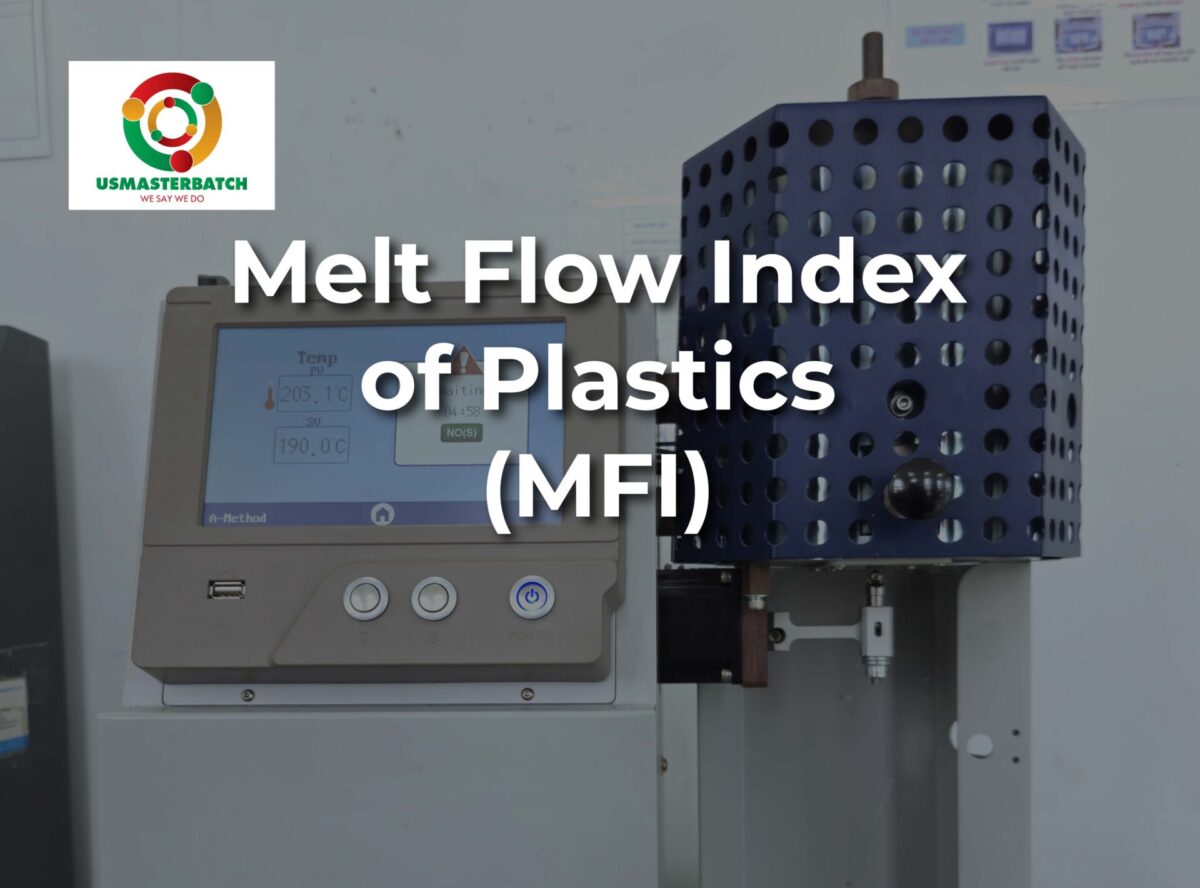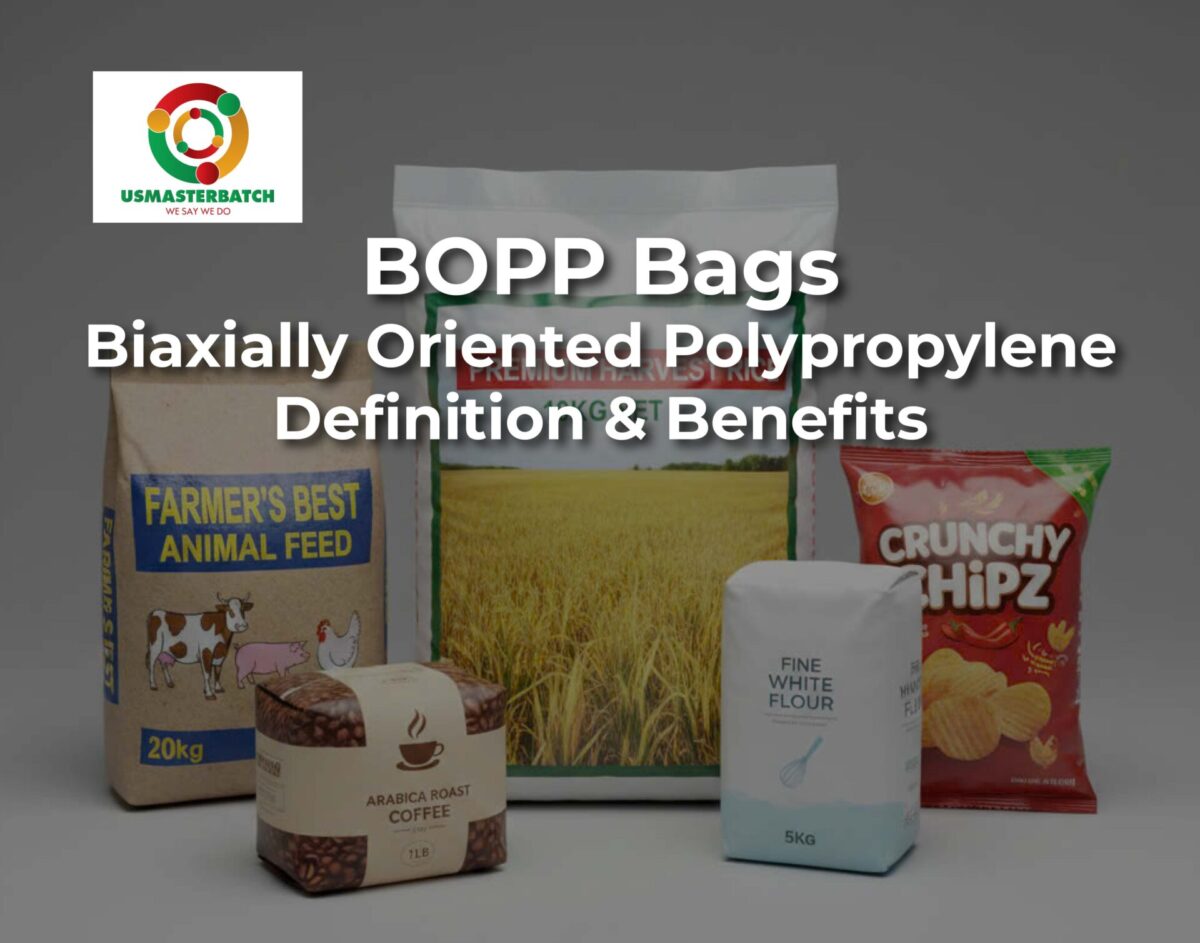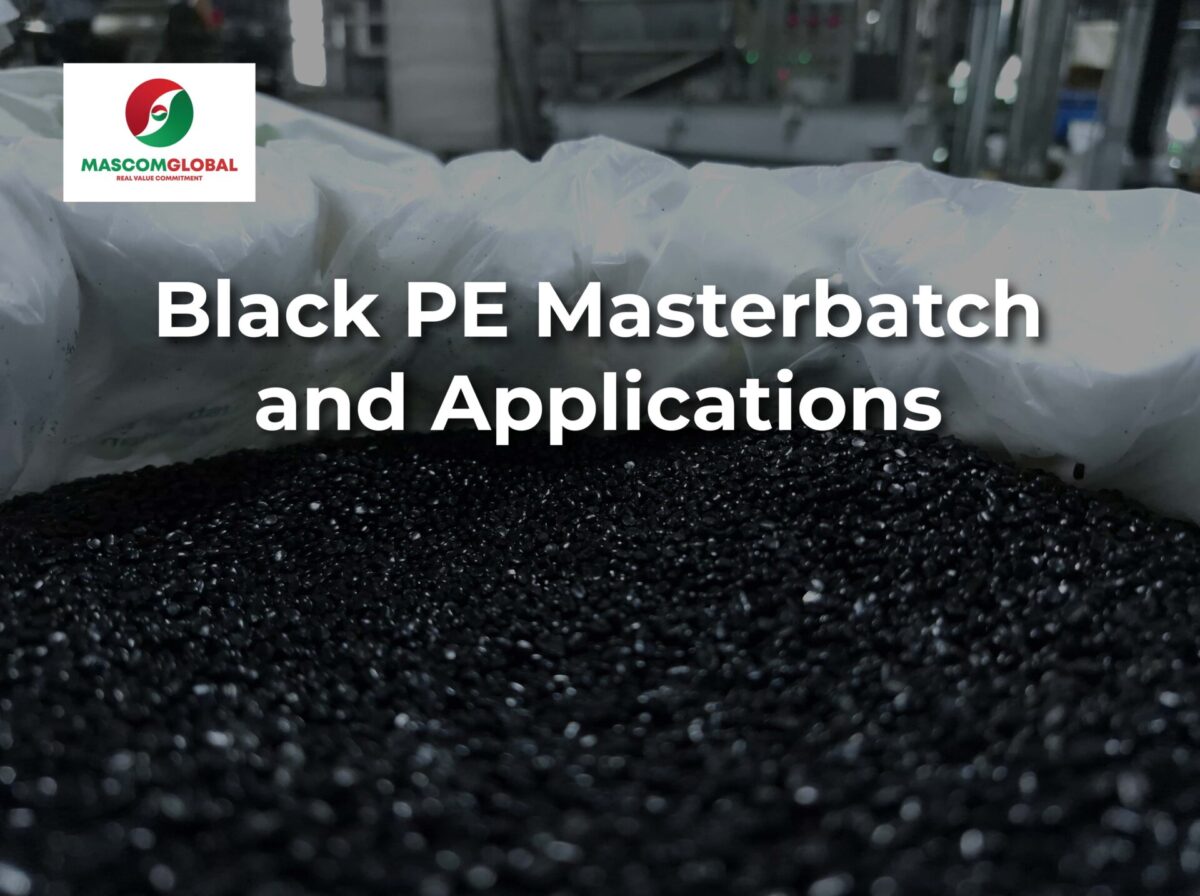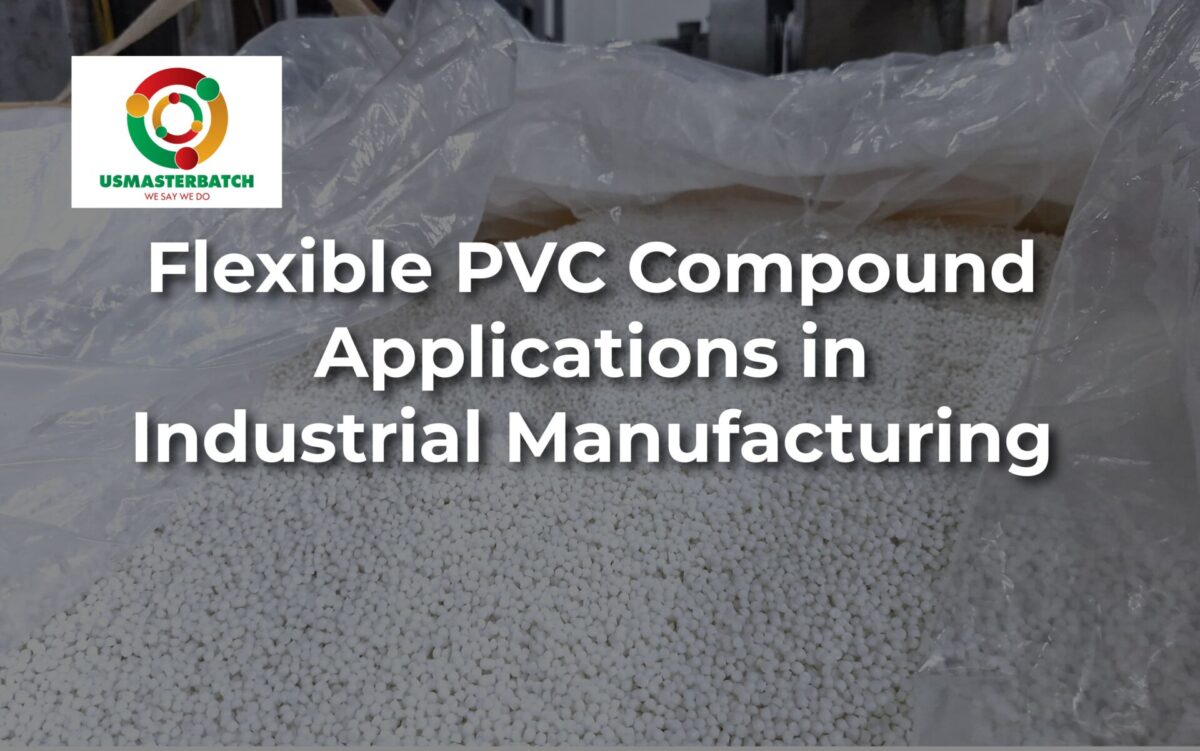
Melt Flow Index of Plastics (MFI) – Definition, Significance and Applications
In the plastics industry, the Melt Flow Index (MFI) is one of the most important parameters used to evaluate the characteristics and processing behavior of plastic materials. Understanding MFI enables manufacturers to select suitable raw materials, maintain consistent quality, and optimize production efficiency. It serves as a critical indicator for predicting how a plastic resin will behave under heat and pressure during processing.
🔹 1. Definition
The Melt Flow Index (MFI) represents the mass of molten plastic flowing through a standard die within 10 minutes under specific temperature and load conditions.
Unit: g/10 min.
In simple terms, MFI indicates how easily a plastic flows when heated to its molten state.
🔹 2. Significance
The Melt Flow Index (MFI) reflects the viscosity and flowability of plastic in its molten state, helping determine which type of resin is suitable for each processing technology.
A high MFI indicates low viscosity, fast flow, and good mold-filling ability. Such materials are commonly used in injection molding processes for thin-walled, small-sized, or complex-shaped products — for example, electronic components, bottle caps, and cosmetic containers.
Conversely, a low MFI means higher viscosity and slower flow, but better mechanical strength and toughness. Therefore, plastics with low MFI are ideal for pipe extrusion, film blowing, sheet extrusion, or bottle blowing, where high tensile strength, impact resistance, and dimensional stability are required.
🔹 3. Measurement Method
MFI is measured according to ASTM D1238 or ISO 1133 standards.
During testing, the plastic sample is heated (e.g., 190°C for PE, 230°C for PP) and extruded through a 2.095 mm die under a specific load (2.16 kg, 5 kg, etc.).
The mass of material that flows out within 10 minutes is the MFI value.

🔹 4. Applications in Production
The Melt Flow Index (MFI) is an essential parameter in the plastics industry, playing a key role in multiple stages of the production process — from material selection and quality control to product optimization.
✅ Material Selection:
MFI helps determine the type of resin suitable for each processing technology, ensuring stable production and high efficiency.
✅ Quality Control:
Monitoring MFI across different material batches allows manufacturers to evaluate product consistency and stability, especially when using recycled plastics. Variations in MFI may indicate differences in flow behavior and mechanical properties of the material.
✅ Material Blending:
When mixing masterbatch or recycled materials, it is crucial to select components with similar MFI values to maintain stable melt flow, surface quality, and uniformity of the final product.
✅ Predicting Product Properties:
MFI provides insight into the mechanical characteristics of plastics. Materials with high MFI generally have lower viscosity and lower mechanical strength, while those with low MFI tend to be stronger, tougher, and more impact-resistant.

🔹 5. Conclusion
The Melt Flow Index (MFI) is a vital technical parameter for every stage of plastic manufacturing. By understanding and controlling MFI, companies can achieve stable production, consistent product quality, and optimized material costs.
Effective MFI management not only ensures that products meet required performance standards but also helps manufacturers enhance operational efficiency, reduce waste, and maintain a competitive advantage in today’s fast-evolving plastics industry.
At the Research and Quality Control Center of US Masterbatch, the Melt Flow Index (MFI) of plastic materials is rigorously tested at every stage — from raw material input to finished product — ensuring product quality before delivery to customers. Equipped with advanced, high-precision MFI testing systems, the QC specialists at US Masterbatch can easily evaluate and meet various MFI requirements from customers.
塑料的熔融指数(MFI)
概念、意义与应用
在塑料工业中,熔融指数(MFI – Melt Flow Index) 是评估塑料颗粒特性的最重要参数之一。
了解 MFI 有助于生产商选择合适的原料、控制产品质量并优化生产工艺。
🔹 1. 熔融指数的概念
熔融指数(MFI) 表示在特定温度和载荷条件下,塑料熔体在 10 分钟内通过标准口模的质量。
单位:g/10 min(克/10分钟)。
换句话说,MFI 表示塑料在加热至熔融状态时的流动性。
🔹 2. 熔融指数的意义
熔体流动指数(MFI) 是反映塑料在熔融状态下黏度和流动性能的重要参数,可帮助确定哪种塑料适合不同的加工工艺。
当 MFI 较高 时,表示塑料黏度低、流动性好、容易充满模具。这类塑料通常用于 注塑工艺,尤其适合生产壁薄、尺寸小或结构复杂的制品,如电子元件、瓶盖或化妆品包装壳等。
相反,当 MFI 较低 时,说明塑料黏度高、流动速度慢,但具有更好的 机械强度和韧性。因此,这类塑料更适合用于 挤管、吹膜、压板或吹瓶 等工艺,对制品的拉伸强度、抗冲击性和尺寸稳定性要求较高的场合尤为适用。
🔹 3. 熔融指数的测定方法
MFI 的测量遵循标准 ASTM D1238 或 ISO 1133。
在测试过程中,将塑料样品加热(例如:PE 为 190°C,PP 为 230°C),并在一定负载(2.16 kg、5 kg 等)下通过直径 2.095 mm 的口模。
10 分钟内流出的熔体质量即为 MFI 值。
🔹 4. 熔融指数在生产中的应用
熔体流动指数(MFI) 是塑料行业中的重要参数,在生产过程的多个环节中发挥着关键作用——从原料选择、质量控制到产品优化。
✅ 原料选择:
MFI 有助于确定适用于不同加工工艺的塑料类型,确保生产过程稳定并提高生产效率。
✅ 质量控制:
通过监测不同批次原料的 MFI,可评估产品的一致性和稳定性,特别是在使用再生塑料时。MFI 的变化可能反映材料流动性能和机械性能的差异。
✅ 原料配混:
在混合母粒或再生料时,应选择 MFI 相近 的材料,以保持熔融流动的稳定性,确保制品的表面质量和整体均匀性。
✅ 预测产品性能:
MFI 还可用于预测材料的力学特性。高 MFI 的塑料通常黏度较低、机械强度较弱,而低 MFI 的塑料则更坚韧、耐冲击性更好。
🔹 5. 总结
熔体流动指数(MFI) 是塑料生产中不可或缺的技术参数。
正确理解并控制 MFI,能帮助企业实现生产稳定、品质一致、成本优化的目标。
有效的 MFI 管理不仅提升产品竞争力,还能提高整体运营效率,推动企业在塑料行业中的可持续发展。
在 US Masterbatch 的研究与质量控制中心,塑料的 熔体流动指数 (MFI)从原材料进厂到成品出厂都经过严格检测,确保产品在交付客户前达到最高质量标准。通过使用高精度的 MFI 测试设备,US Masterbatch 的质量检测专家能够轻松评估并满足客户对不同 MFI 要求的需求。












